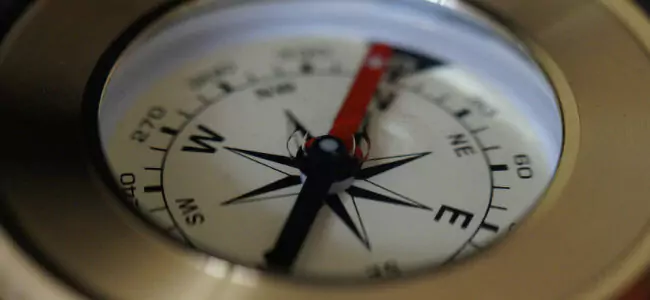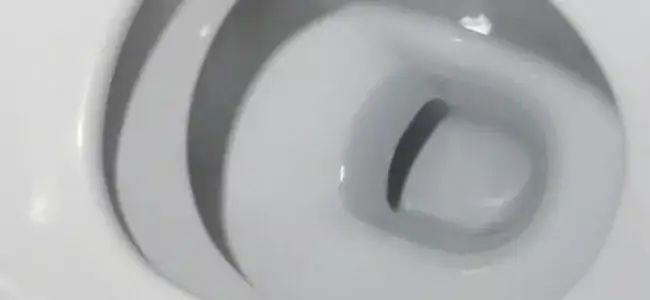How to locate your septic tank and your drainfield

TABLE OF CONTENTS
Houses that are not connected to the municipal wastewater management system rely on onsite septic systems for receiving and treating wastewater. The septic system is made up of a septic tank, a drain field, and the plumbing. As a homeowner, it is upon you to operate and care for your septic system in order to prevent its failure. For instance, you will be required to pump it frequently depending on the local regulations. But you cannot carry out maintenance procedures if you don’t know where the tank is located. Here are a couple of steps you can follow to locate your septic tank.
Steps to follow to locate your septic tank and drain field
- Use the as-built diagram
The contractor who designed and installed the septic tank on your property should have filed an as-built diagram at the local health authority. If you have the contact information of the contractor, you can request them for the diagram and then you can use it to locate your septic tank. If not, you can ask for a copy of the diagram from the local authority. If the installed system contained some electrical components, the diagram could be in the regional building department offices. This diagram can help you to pinpoint the exact location of both the septic tank and the drain field. If you are unable to trace this diagram, you will have to carry out further investigation on the property to discover the location of the tank.
- Locate the sewer outlet pipe
The sewer outlet pipe can be a good place to begin your physical examination of the property. This pipe is typically located in the basement of the house and it is usually a 4” black pipe with a cleanout. The cleanout could be located behind a wall or in a closet. Just search for access covers or a structure that could be hiding it. Sometimes, a lift pump may be installed in the basement for purposes of pumping the sewage out of the building. Once you have located it, flush a toilet and listen to the pump in order to establish where the sewage is being pumped to. It should be leading to the sewer outlet pipe. You should now have a general direction of the septic tank and drain field.
- Location of the septic tank
Once you have located the sewer outlet in your basement, use it to determine where it exits your house on an outside wall. The septic tank will be a couple of meters from the house and the outlet pipe could be at an angle of 30 or 45 degrees. This means that it could be possible for the tank to be located around a corner. Search around the house starting from the outlet and work your way in a circle until you locate the septic tank.
Tips for locating your septic tank
The lid of the septic tank should be visible. In some cases, a septic tank riser may have been installed and that will make it easy to locate your septic tank. But it is also possible that the septic tank lid could be underground especially for old houses. The following tips can help you locate the septic tank in such and other related scenarios.
- If the septic tank lid is underground, you can use a metal detector to locate it. In order to avoid interfering with the readings of the detector, do not wear footwear that has steel or any other metal.
- You can use a flushable transmitter that is flushed in the toilet and then the transmitter is tracked with a receiver. The strongest signal will be near the inlet area of the septic tank
- Dig to uncover the septic tank lid
If the septic tank is underground, you might need to dig in order to uncover it. Septic tanks are usually made of concrete, fiberglass, or plastic and they can be oblong, spherical, or rectangular in shape. Most modern septic tanks will have their lids located centrally and the lid should ideally be within 3 feet of the ground surface. However, it is possible for it to be deeper based on several factors including cultivation and other human activities on the property. Do not be too aggressive with your shovel to avoid causing damage to the pipes. you can also use a thin steel rod to probe the ground for the exact location of the tank as you continue digging.
Inspecting the tank
After you have located your septic tank, it is important to asses it and its contents. Firstly, you can remove the lid in order to assess the scum and sludge layer. In addition, you can inspect the septic tank non-intrusively by using the tracer dye tablets. With the tracer dye tablets, you just flush them in the toilet and then wait for a maximum of 2 days. The tablets will dissolve in the water and if the septic system has a problem, you will notice a luminous green color around the leach field.
Caution: After you locate your septic tank, do not open the septic tank lid and leave it unattended. Someone might fall in the tank resulting in serious injury or even death. Additionally, all maintenance practices on the septic tank should be in adherence to the sewerage system regulations.
Conclusion
Even though you can locate your septic tank without help from a professional, it is a good idea to have a person who is duly trained in septic tank maintenance to inspect and maintain the septic tank for you. If your tank has an effluent filter, it should be rinsed into the open septic tank and not on the yard. It might also be a good idea to record the location of the septic tank after locating it. This will help anyone else in the future who might need to access the septic tank. Also, septic tanks are not supposed to be under any structures so if it emerges that a structure has been constructed over it, the septic tank must be moved immediately. Septic tanks emit flammable and harmful gases and so they need to be out in the open.
OUR LATEST BLOG POSTS

Strange facts about septic systems
If you are a septic system owner, you might have heard all manner of myths. For instance, there is a common myth that throwing a dead cat in the septic tank can help rejuvenate bacteria and thereby make the septic tank more effective. But is this even true? In this article, we will not only answer that […]

Soils types and their impact on septic systems
SOILS TYPES AND THEIR IMPACT ON SEPTIC SYSTEMS However good your septic system is, it depends on the right soil type to complete the process of purifying the wastewater from your home. The soil type in the drainfield area will determine how well the effluent is filtered and if the water that is sent back to the […]

Avoid flushing these if you have a septic tank
Most homeowners wrongfully assume that their toilet can serve as some sort of garbage disposal. As a result, they end up flushing all manner of things in the toilets. Some of the things that are flushed down the toilet are actually innocent mistakes because homeowners think that is the right way to dispose of the products while in other cases, it is just a don’t care attitude. Whichever the case may be, flushing some of these things can result in septic system failure and it could cost you a fortune. We have rounded up some of the commonly-flushed products that you should never flush if you have a septic system.
PERFECT! I WOULD NEED...
Discover which products are the best for your needs!You can contact us at 1-800-378-6132 (toll free) or click on the following button to access our free online evaluation.
GET A QUOTE ONLINELog in to your account
Whoops! It happens sometimes...
CREATE A NEW ACCOUNT
CONGRATS!
You are now registered and ready to go. You can add and change any of your information on your client profile.
Unfortunately, we do not ship our products to the USA at the moment.
But, if you live in the United States and would like to order them, please fill in the form below. You will then be notified as soon as they are available in your country.
Thank you for your understanding!
Malheureusement, nous n’expédions pas nos produits en France pour le moment.
Mais, si vous êtes résident français et aimeriez les commander, remplissez s’il vous plaît le formulaire ci-dessous. Nous pourrons ainsi vous aviser aussitôt qu’ils seront disponibles dans votre pays.
Merci de votre compréhension!

-
30 products to avoid
-
What to replace them with
-
And everything you should know about your septic system
DOWNLOAD THIS FREE EBOOK!
Which email address should we send it to?


